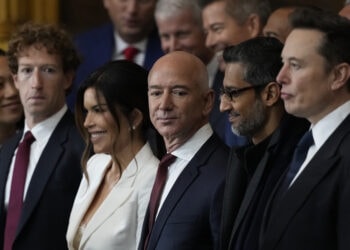Opedal revealed that they invested 2.5 billion USD in Orsted, which has an offshore wind production capacity that would require 4 billion USD to construct. There’s no reason to question his assertion; however, it’s clear that this investment is far from inexpensive. Globally, every major oil and energy company is valued at less than 50% of their replacement costs, and many of them are not even replaceable. For instance, rebuilding Exxon is simply not feasible.
Larger energy firms typically have a price-to-earnings ratio of 10 to 12, while Equinor trades at around 5. In contrast, Orsted operates at a P/E ratio of 20. For Equinor, investing in Orsted is akin to borrowing money at a 20% interest rate and investing it at just 5%—not an appealing proposition.
As technology advances, it’s common for energy companies to trade below their replacement costs, and the discount for renewables should be significantly larger than for traditional energy sources, given their declining cost structures. Interestingly, this isn’t the case. KKR’s investment in ENI biofuels was valued at 12 billion Euros, despite ENI’s biofuels having an annual capacity of only 1.6 million tons. ENEnergy can with our technology expand to 2 million tons and secure our own feedstock for just 500 million Euros, and our product mix commands much higher prices. KKR’s purchase was 24 times the cost of a more efficient and larger operation.





